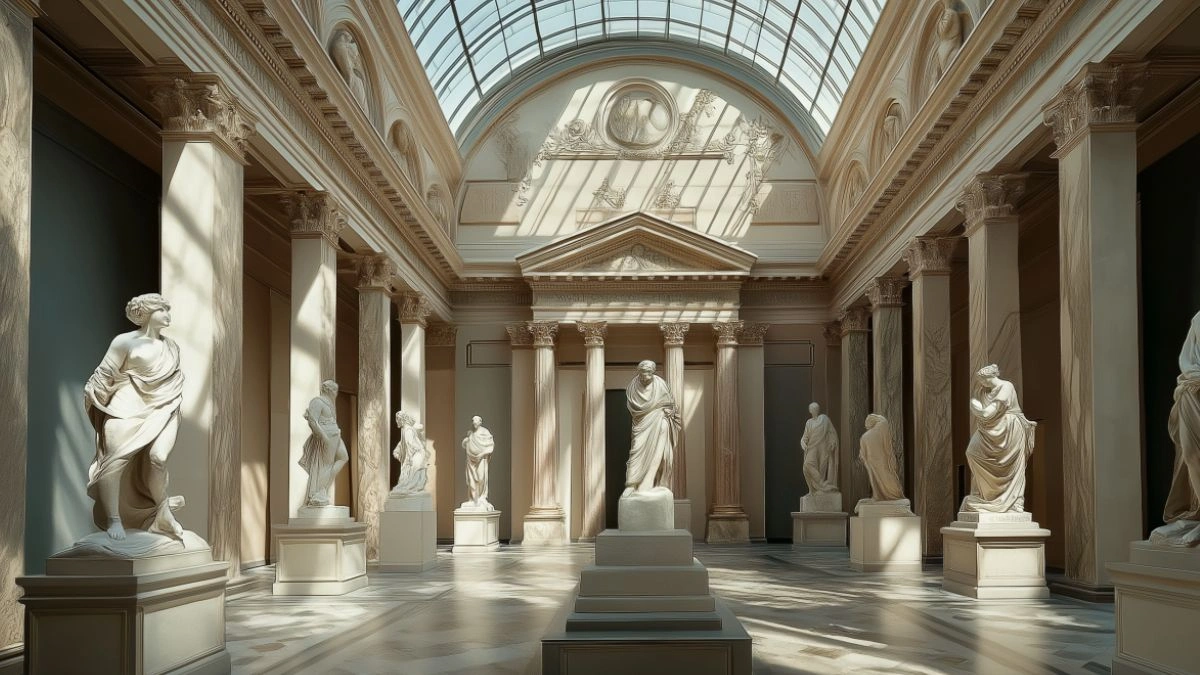Explore London: Top Historical Sites and Landmarks
Table of Contents
London is not just the capital of the United Kingdom—it’s a living, breathing museum where centuries of history echo through its cobbled lanes, towering spires, and timeless riverbanks. With over 2,000 years of history, the city has been shaped by monarchs, artists, revolutionaries, and innovators. From Roman ruins and medieval castles to Victorian marvels and World War remnants, London’s landmarks offer more than just photo ops—they’re portals to the past.
Each building, statue, and street sign tells a story. And while millions come each year for the shopping, theater, and modern flair, those with a love of history are rewarded with a deeper, richer experience. Exploring London’s historical sites is like flipping through the pages of a storybook—except the characters were real, the events world-changing, and the traces still visible in stone and steel.
In this guide, we’ll walk you through the top historical sites and landmarks in London. From iconic structures like the Tower of London to lesser-known gems like Temple Church, this journey will help you see the capital through the lens of legacy. Whether you’re visiting for the first time or rediscovering familiar streets, these stops are essential for any historical exploration of the city.
The Tower of London: Where Power and Prison Collide
Standing on the north bank of the Thames, the Tower of London is one of the city’s most iconic and enduring historical sites. Built by William the Conqueror in 1066, this fortress has served as a royal palace, prison, armory, treasury, and even a zoo. Most famously, it’s known as the place where queens were executed, princes disappeared, and beefeaters still stand guard over the Crown Jewels.
The Tower’s chilling stories are balanced by its architectural majesty. The White Tower at its core, built with imported Caen stone, is a powerful reminder of Norman strength. Visitors can explore medieval towers, walk along ancient battlements, and view the famed Crown Jewels, which continue to play a ceremonial role in the modern monarchy.
Tower of London Highlights:
| Feature | Details |
|---|---|
| Built | 1066 by William the Conqueror |
| Famous For | Executions, Crown Jewels, royal imprisonment |
| Don’t Miss | Yeoman Warder tours, White Tower, Jewel House |
| Time to Explore | 2–3 hours |
MidJourney Prompt – medieval stone fortress with tall towers and moat, overcast sky, surrounded by cobbled paths and iron gates –ar 16:9
Westminster Abbey: Coronations, Weddings, and Royal Tombs
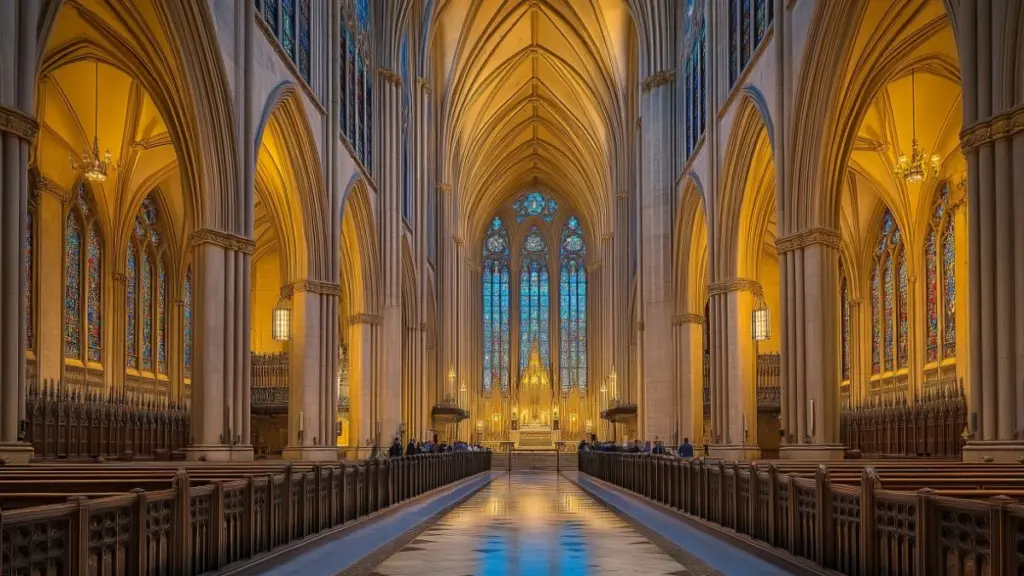
Westminster Abbey is more than just a Gothic masterpiece—it’s the beating heart of British ceremonial tradition. Every monarch since William the Conqueror has been crowned here, and the church has hosted 16 royal weddings, including that of Prince William and Catherine Middleton. Its poetic and political resonance is unmatched, housing the tombs of kings, queens, scientists, and writers alike.
Founded in the 10th century, the current structure dates primarily from the 13th century, making it an exceptional example of English Gothic architecture. Visitors can walk through the Nave, marvel at the ornate Henry VII Chapel, and reflect at Poet’s Corner, where literary legends like Charles Dickens, Geoffrey Chaucer, and Rudyard Kipling rest.
Why Westminster Abbey Is Essential:
| Feature | Noteworthy Elements |
|---|---|
| Historical Events | Coronations, royal weddings, state funerals |
| Notable Burials | Queen Elizabeth I, Isaac Newton, Stephen Hawking |
| Architectural Style | English Gothic with elaborate fan vaulting |
| Admission Includes | Audio tour, cloisters, gardens |
The Houses of Parliament and Big Ben: Political Powerhouses
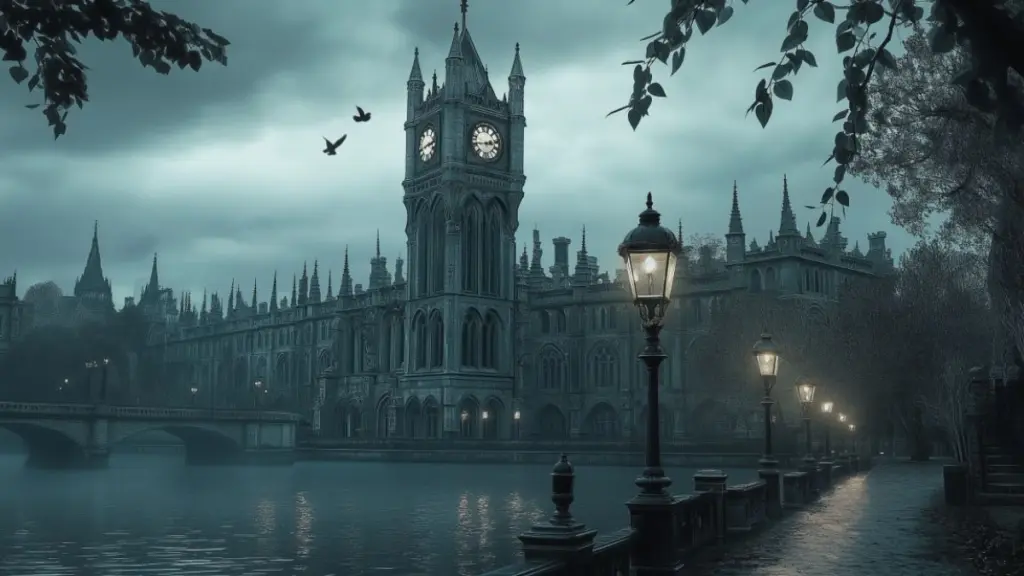
No image of London is complete without the silhouette of the Houses of Parliament and the sound of Big Ben chiming through the fog. Officially known as the Palace of Westminster, this riverside structure has been the seat of British government since the 13th century. The current neo-Gothic design, rebuilt in the mid-1800s after a fire, is instantly recognizable.
Big Ben is actually the name of the Great Bell inside the Elizabeth Tower, though many refer to the entire clock tower by that nickname. While access to the tower is restricted, UK residents can arrange tours inside Parliament. International visitors can admire the grand exterior and explore nearby Westminster Bridge and Victoria Tower Gardens.
Palace of Westminster Overview:
| Feature | Key Details |
|---|---|
| Construction Dates | Original: 11th century; Rebuilt: 1840s |
| Government Use | Home to the House of Commons & Lords |
| Notable Architecture | Elizabeth Tower, Westminster Hall |
| Best Viewpoint | Across the Thames from the South Bank |
St. Paul’s Cathedral: Resilience in Stone and Dome

With its massive dome rising above the London skyline, St. Paul’s Cathedral is both a spiritual sanctuary and a symbol of survival. Designed by Sir Christopher Wren and completed in 1710, it famously withstood the Blitz during World War II, becoming an emblem of British determination.
Inside, the cathedral is stunning—ornate mosaics, curved chapels, and the soaring whispering gallery under the dome. Visitors can also climb to the Stone and Golden Galleries for sweeping views of London. The crypt below houses the tombs of national heroes like Admiral Lord Nelson and the Duke of Wellington.
Why St. Paul’s Inspires:
| Feature | Experience Highlights |
|---|---|
| Architectural Style | English Baroque with a 365-foot dome |
| Unique Attractions | Whispering gallery, crypt, dome climb |
| Historic Events | Churchill’s funeral, royal jubilees |
| Visiting Tip | Arrive early to avoid tour group crowds |
The British Museum – A World’s History in One Place
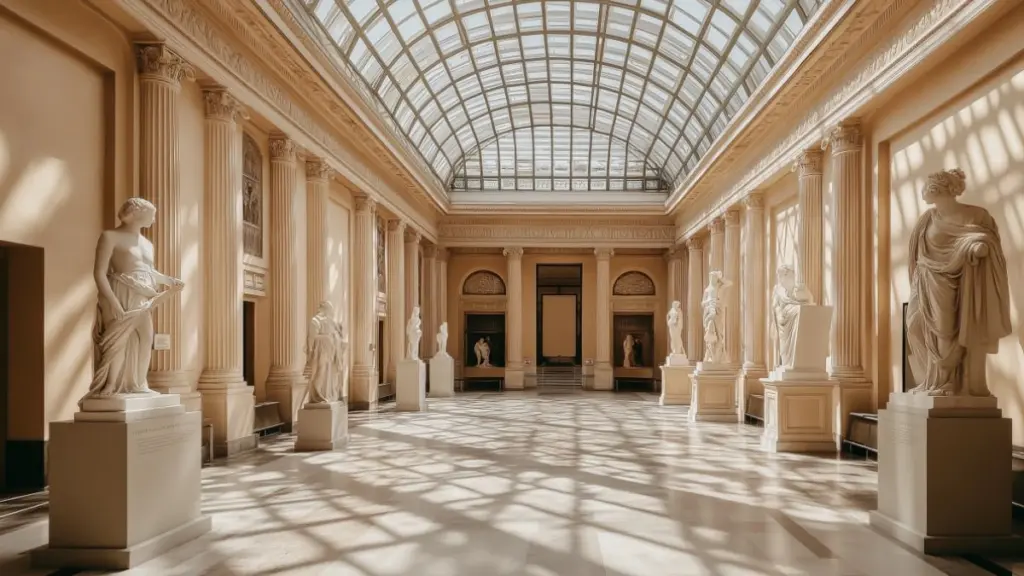
The British Museum isn’t just one of the best museums in London—it’s one of the most comprehensive collections of human history on Earth. Housing over 8 million works from around the world, the museum tells stories that stretch far beyond Britain’s borders. From ancient Mesopotamia to Roman Britain and Egyptian dynasties, each gallery offers a glimpse into the shared legacy of civilization.
Founded in 1753, the museum is free to enter, making it one of the most accessible cultural experiences in the city. Iconic pieces include the Rosetta Stone, the Elgin Marbles, and the Sutton Hoo burial treasures. The museum’s glass-roofed Great Court is also a modern architectural marvel.
Highlights of the British Museum:
| Artifact | Why It’s Notable |
|---|---|
| Rosetta Stone | Key to deciphering Egyptian hieroglyphics |
| Elgin Marbles | Classical Greek sculptures from the Parthenon |
| Egyptian Mummies | Among the largest collections globally |
| Lewis Chessmen | Medieval Norse gaming artifacts |
Whether you have an hour or an entire afternoon, the museum offers something for every curiosity. Guided tours and thematic trails help navigate its vast halls, while exhibitions often explore contemporary historical themes and global perspectives.
The Historic Charm of Tower Bridge
Tower Bridge is often mistaken for London Bridge, but it’s far more iconic in design and function. Completed in 1894, Tower Bridge is a marvel of Victorian engineering, featuring dual towers connected by a suspended walkway and a lifting bascule mechanism that allows ships to pass beneath.
While the bridge is beautiful to look at from afar—especially when it lights up at night—it’s also an immersive historical experience. Inside, the Tower Bridge Exhibition offers panoramic views from the upper walkway and an in-depth look at the machinery and history behind its construction.
Tower Bridge Details:
| Feature | Experience |
|---|---|
| Architecture | Victorian Gothic, steel and granite |
| Main Attractions | Glass walkway, engine room, lift schedule |
| Best Viewpoint | From the south bank or aboard a river cruise |
| Opening Schedule | Check lift times for scheduled bridge openings |
The interactive exhibits make it ideal for families, and the glass-floor walkway is not for the faint of heart—but absolutely worth the view.
Churchill War Rooms: Secrets Beneath the Streets
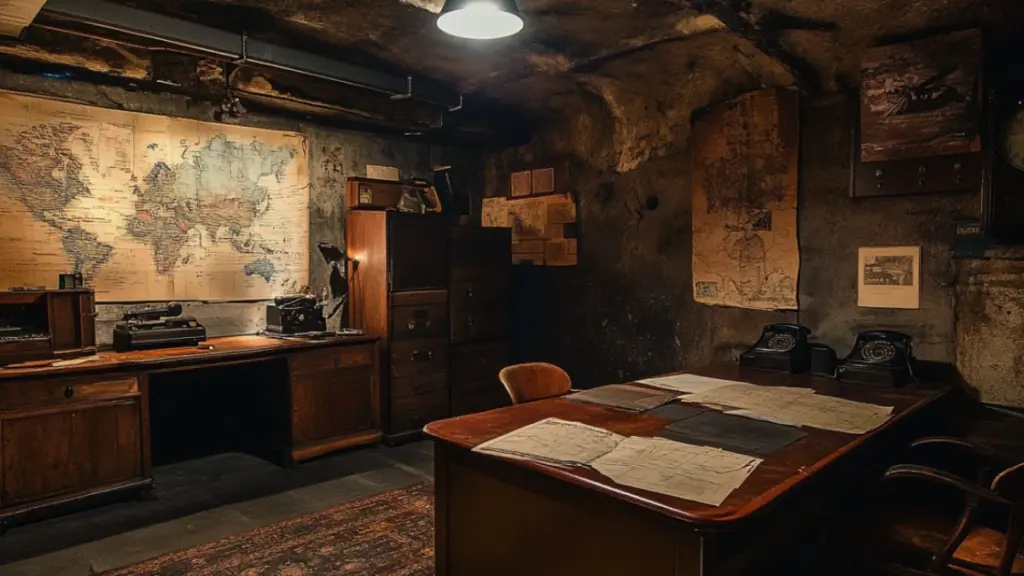
For a deeper dive into 20th-century history, the Churchill War Rooms offer an unforgettable underground journey. Hidden beneath Westminster, this bunker was where Prime Minister Winston Churchill and his cabinet directed Britain’s efforts during WWII. Today, it remains perfectly preserved, with maps, telephones, and offices appearing as though the war ended yesterday.
The site includes the Churchill Museum, which traces his life from childhood through wartime leadership to legacy. It’s immersive, emotional, and deeply impactful—giving voice to the real human cost of conflict.
Why It’s Worth Exploring:
| Section | Highlights |
|---|---|
| Cabinet War Rooms | Original war-era command center |
| Churchill Museum | Personal letters, speeches, and artifacts |
| Audio Guide | Included with ticket; narrates immersive tour |
| Time Required | 2–3 hours for full exploration |
Conclusion
London’s historical landmarks are more than destinations—they’re time capsules that hold the essence of the past and the echoes of empires, revolutions, triumphs, and tragedies. From the echoing bells of Big Ben to the solemn silence of ancient tombs, the city invites you not just to observe history, but to stand in the very places where it was made.
Each stop along your journey through London’s storied streets offers more than insight—it offers perspective. A walk across Tower Bridge, a moment inside Westminster Abbey, or a quiet hour in the British Museum connects you with the generations who walked before.
London is not merely explored. It’s experienced—one historic landmark at a time.

